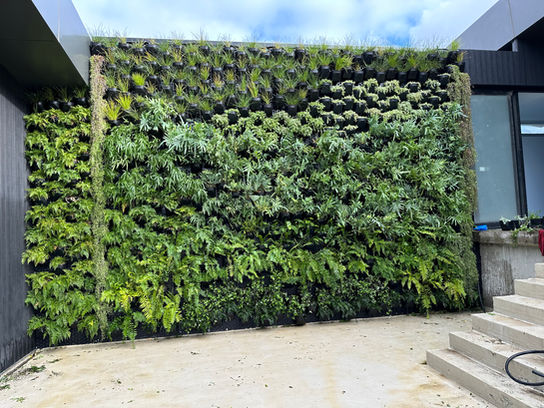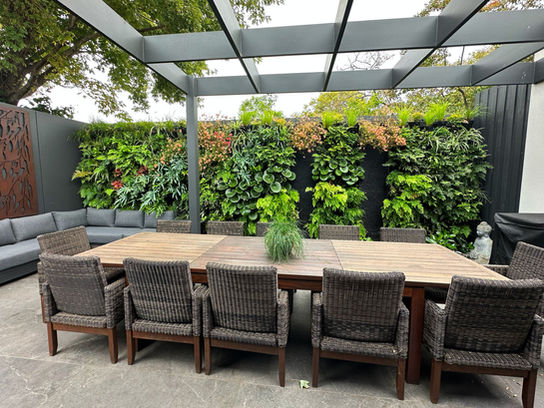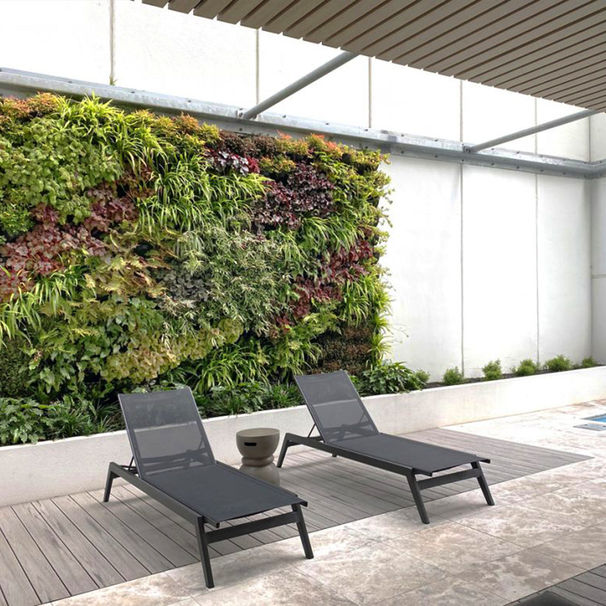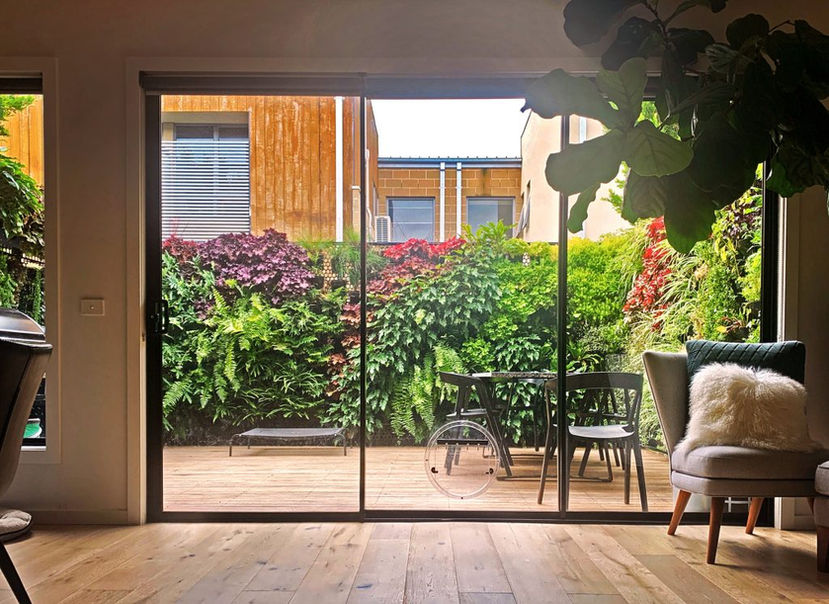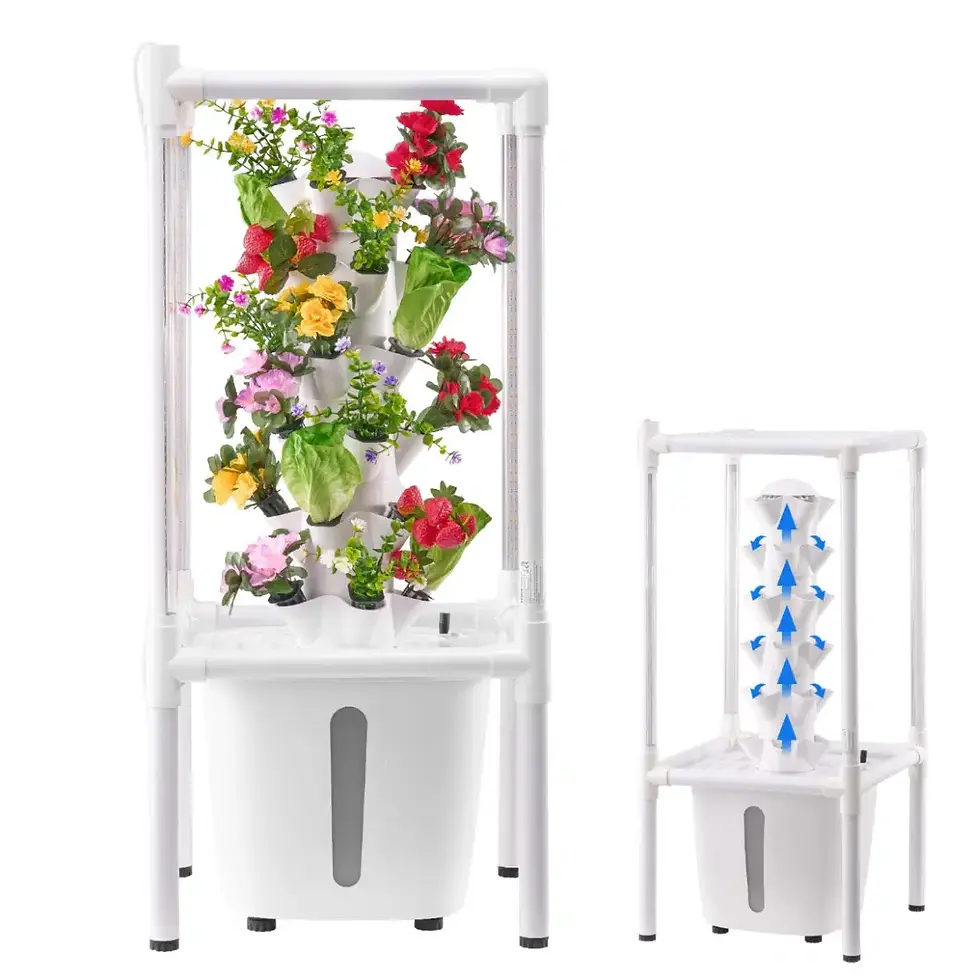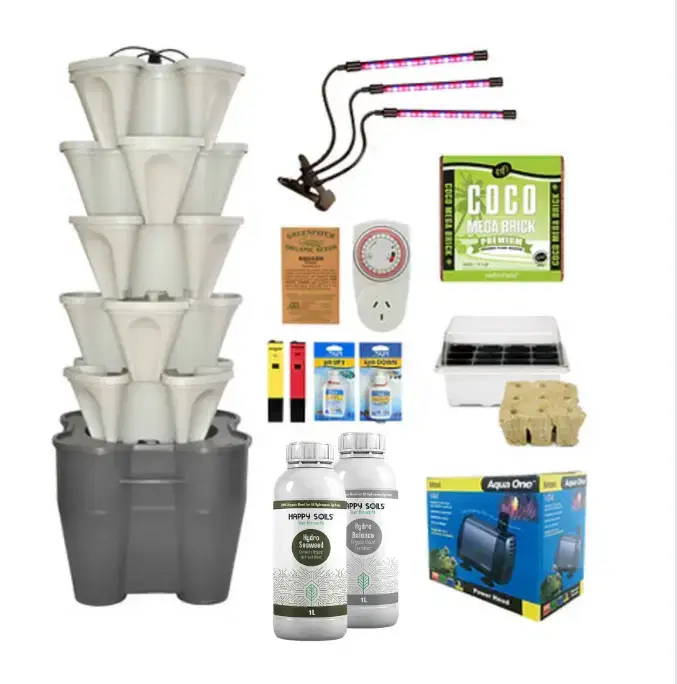Hydroponics is simply described as growing plants without soil. Hydroponics allows you to control more of the variables including pH levels, lighting and nutrients for optimal plant growth and produce yields. Water is the main method of delivering the nutrients to the plant’s roots, combined with growing media to help support the plant. Hydroponically grown plants dip their roots directly into nutrient-rich solutions, so plants get more of what they need much faster and easier. Hydroponic farming can be used in locations where soil conditions are too poor to support farming, or where space is limited. It can be done anytime and anywhere!

A Proud Subsidiary of Urban Green Farms
WELCOME TO
URBAN VERTICAL GARDEN
Patented Australian Made & Owned vertical gardens
EXPERTS IN VERTICAL GARDENS
Durability & Versatility
Introducing our exclusive honeycomb collection featuring a patented design! Crafted with a lightweight, rust-proof, and fire-resistant powder-coated aluminium base, these living walls are stylish and built to last. The modular and scalable design ensures versatility while withstanding the elements, promising years of stunning aesthetics with minimal maintenance. Elevate your space with our innovative, patented honeycomb range for a unique and enduring touch.
Straight Forward
Installation
Discover the exceptional ingenuity of our fully patented Urban Vertical Gardens system, proudly manufactured in Australia. Elevate your surroundings with vertical gardens that exceed the traditional limits of living walls. Our groundbreaking design facilitates healthy plant growth with minimal installation preparation, eliminating the need for waterproofing or water membranes. Effortlessly transform your space with the Urban Vertical Gardens system—redefining the possibilities of vertical gardening.
Low
Maintenance
Our systems are like having a personal plant expert in your pocket. We have a self-care guide and a maintenance program that's as easy as scrolling through your phone. And guess what? We throw in full training and troubleshooting help, so you can skip those pricey and unreliable service calls. We've got your back, making sure your green oasis stays effortlessly awesome.
about our
systems
Welcome to Urban Vertical Gardens – proudly crafted in Australia and designed to meet the highest safety standards down under. Our unique aluminium powder-coated panels make these gardens tough enough to weather the Aussie elements. With an automated drip irrigation system, you can sit back, knowing your garden is getting the perfect drink.
But that's not all! Our Vertical Gardens aren't just about aesthetics – they also serve as soundproofing and privacy solutions for your home or office. Elevate your culinary adventures by cultivating your vertical herb and veggie gardens conveniently located near your kitchen or grill. No more store-bought herbs – say hello to "freshly harvested" goodness, even in the tightest urban spaces. Let's transform those small spots into lush green havens and watch your cooking habits flourish!














